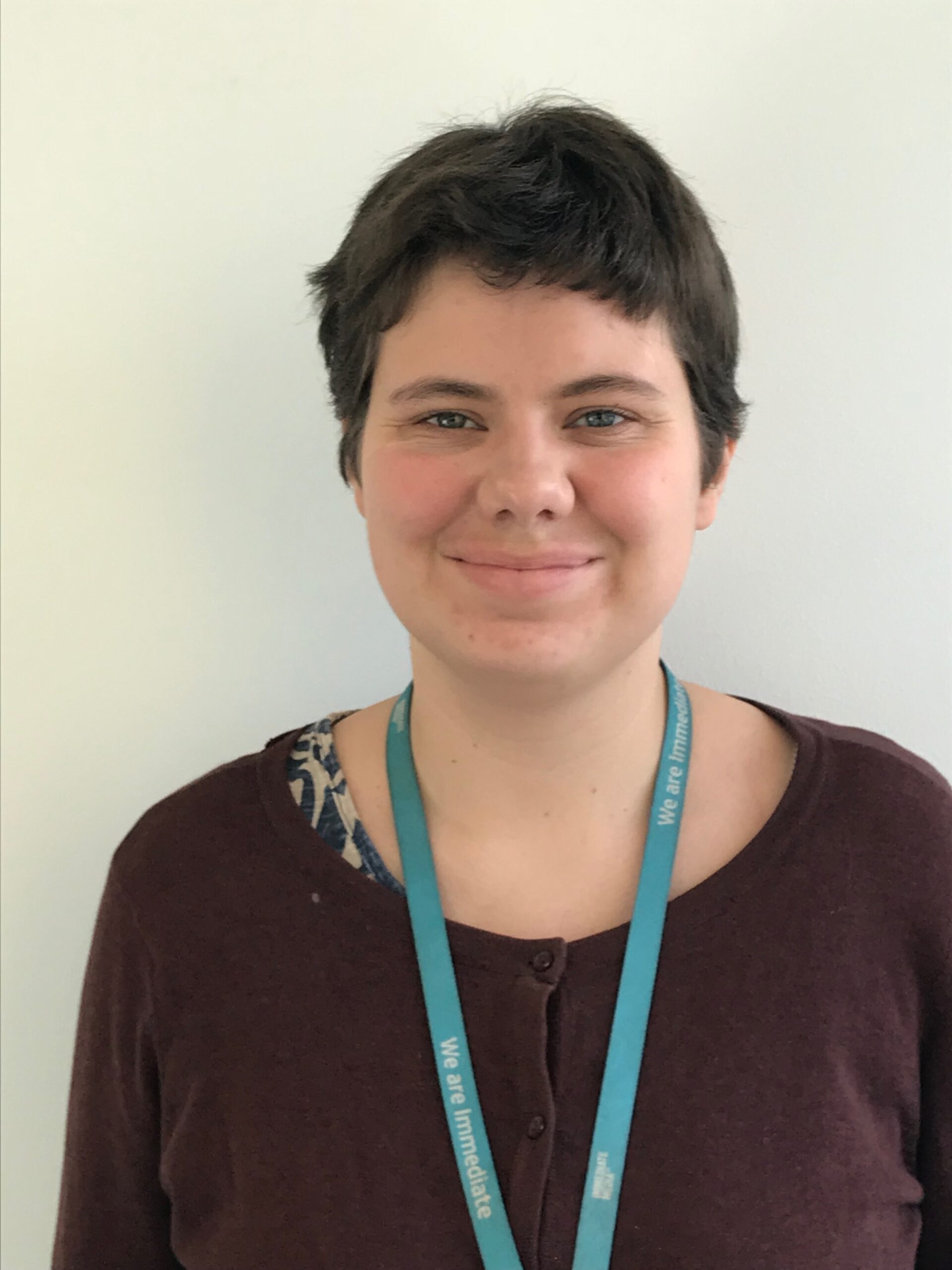Family history website Ancestry has added two new major collections of records for people tracing ancestors from the London borough of Kensington and Chelsea.
The first collection consists of 135,370 parish chest records, dating from 1597 to 1950.
From the late 16th century, parish churches were required to keep their registers and other records in a strong, locked coffer or chest. As well as the official parish registers, records kept in the parish chest included churchwarden accounts, pew rentals, apprenticeship records and membership lists. Although there were legal requirements to keep parish registers, many other records kept by parishes have been lost over time which makes this collection particularly valuable.
Most of the records are from the Grade II* listed St Mary Abbots church, which has been associated with a number of famous figures over the years. For example, Edmund Fanning (1739-1818) was buried at the church, where his memorial stands today. He was born in America while it was a British colony and served with the British army during the American Revolutionary War. He later served as lieutenant governor of Nova Scotia in Canada and later Saint John’s Island, which was renamed Prince Edward Island during his tenure. The records show that he was buried on 10 March 1818.
Another famous person whose burial is found in the St Mary Abbots records is Adrian Hardy Haworth (1767-1833), whose burial was on 27 August 1833. He was a scientist known for his work in entomology, botany and carcinology (the study of crustaceans) and wrote Lepidoptera Britannica, an authoritative work on British butterflies and moths.
Other records in the collection mostly date from the 19th century and include poll books (1853-1855) which list the names of those who had the right to vote in local elections as rate payers. The list includes women, such as Mary Baker of 1 Kensington Terrace. Other records include a list of donors to the 'Tower and Spire fund' set up in 1877 and church accounts listing payments and receipts for the years 1833 to 1837. These records enable researchers to get rare insights into the lives of parishioners. For example Miss Callcott was payed £30 in 1833 for playing the organ and James Griffiths was paid £6 13s 2d for supplying linen.
The other record set is 66,506 Poor Law records, dating from 1695 to 1921. They record the money that was administered to the poor of the parish, particularly prior to the introduction of the workhouse system in 1834.
